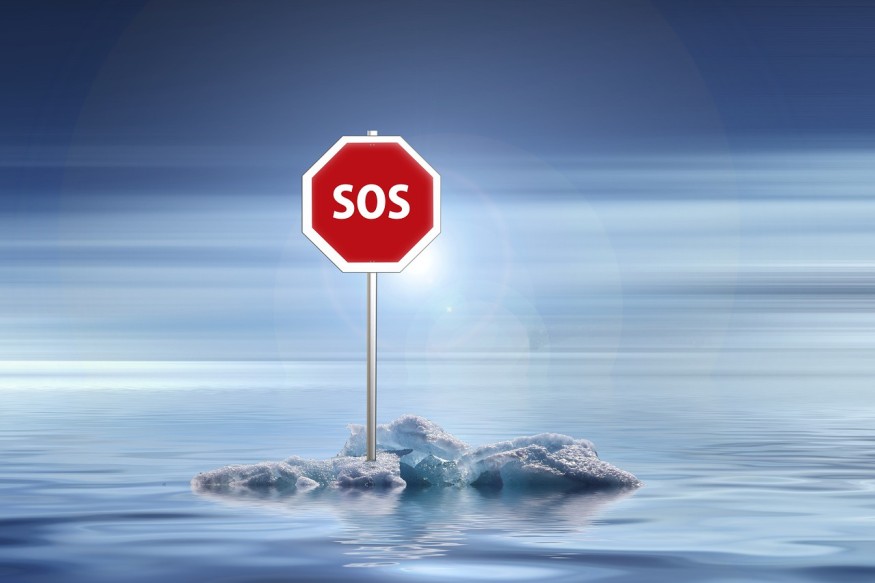Climate change and global warming have continued to impact the planet in various forms, including the increasing global temperatures, global sea level rise, and intensifying extreme weather events, according to scientists. However, there are other indicators that suggests the climate crisis is not only an emerging threat but also an imminent environmental and planetary catastrophe in the making.
Signs of Climate Disaster

Following the recent 2022 United Nations Biodiversity Conference (COP 15) held from December 7 to December 19, world leaders have made a landmark agreement of protecting nature and preventing biodiversity loss by the end of the decade. However, the solution is still far from reach unless humans take action against greenhouse gas emissions, fossil fuel burning, deforestation, and among others.
In this context, the issue of climate change is still a recurring topic since nature itself, driven by human activities, also pose a threat to natural habitats, which houses animals and plants. As the year ends, Live Science has compiled 10 signs that the planet got closer to a looming climate disaster in 2022. The following below are some of them:
Zombie Viruses
In November, scientists reportedly revive a 48000-year-old zombie virus buried under a frozen lake in Siberia, Russia. In spite of the breakthrough discovery, concern grew regarding the ancient pandora virus that it could one day cause the next pandemic or even worse.
Global Sea Level Rise
Scientists used climate models to show the global sea level rise due to global warming could affect US coastlines by the year 2050. In particular, cities along the East Coast and in low-lying grounds could be facing a potentially harsh reality in the future; that some Eastern US cities could be underwater in the coming decades.
Since 1880, the global average sea level has increased to between 8 and 9 inches. In 2021, this level has set a new record high of 3.8 inches in 2021, according to the National Oceanic and Atmospheric Administration (NOAA).
Melting Glaciers
The UN this year reported that half of the planet's ice cover could disappear by 2100 unless people do something about their climate-damaging emissions. The report is in line with the Paris Agreement of curbing the global temperature down to at least 1.5 degrees Celsius to fight climate change.
Specifically, Earth's "Doomsday Glacier" known as the Thwaites Glacier is on the verge of melting and eventual collapse due to both atmospheric and ocean warming. Scientists have warned that the Florida-sized glacier in West Antarctica could significantly further global sea level should it melt completely in the future.
Scavenger Polar Bears
Sea ice loss thanks to the changing climate and warming planet has forced some polar bears to eat garbage and dirty diapers. In Hudson Bay, communities have witnessed the Arctic bears consuming plastic bags and even human diapers in human-populated areas, according to Canada's CBC news.
The loss of the animal's habitats has reportedly left them no choice but to migrate from their original safe haven in the Arctic, where they feed on seals, fish, and other prey.
© 2025 NatureWorldNews.com All rights reserved. Do not reproduce without permission.





